Having read the background info and found a flight, I announced to Jason that our next trip would be to Paraguay. I also told him that there were still strong Guaraní Indian influences. “Great”, he replied. “I haven’t had Chicken Tikka Masala for ages.” The Guaranís are one of the indigenous peoples of Paraguay and while there aren’t many 100% Guaraní people left, the language is mandated alongside Spanish in school and 90% of the population can understand it.
Despite the lack of Vindaloo, we were happy to find that Paraguayans do like spicy food, something we miss in Argentina; I have read that Argentinians regard very spicy condiments as ruining the taste of good food.
The Spanish landed in Asunción in 1537 and formed an alliance with the Guaraní. Jesuits subsequently brought the Spanish language but were enthralled by the sound of Guaraní so a Jesuit priest created the first Guaraní dictionary, helping to sustain the spoken and written language. Even in the 1600’s and 1700’s, intermarriage was common (as opposed to other colonizations which wiped out cultures), helping to sustain Guaraní.
Asunción is known as “la madre de la ciudad” (the mother of cities) because it was the base from which many other centers were founded. Paraguay eventually declared independence in 1811 but shortly thereafter was under the influence of the supreme dictator for life, Dr. Francia, “El Supremo”. He closed the borders and no one was allowed in or out until 1840. The next dictator, Lopez, reopened the country but his son led the country into The War of the Triple Alliance, the country had a cholera epidemic, and he executed many of his countrymen. Eventually he was shot by one of his Generals. Fast forward to the Chaco War of 1932-35 with Bolivia; Paraguay won the war but lost many people. More dictators, and in 1954 Alfredo Stroessner (son of a German brewer) took over. Over his 35 year reign, the country harbored Nazis, killed its own people and was a center for smuggling. So it wasn’t until 1989 that the people of Paraguay could finally breathe a bit and the country could Asunción begin to free itself from history.
Since we only had one day, we did not get to see the countryside but we did get a flavor for downtown Asunción, which seems like a growing economy that is on the verge of becoming something bigger. The Paraguay river runs along the city and is a popular fishing spot. However, while we were there, the local police and Coast Guard seemed to be fishing for something in the river – smuggled goods? It must have been something since the local TV crew was there but we will never know as my Spanish has not yet progressed to the level of CSI: Asunción.
The popular drink in Paraguay is tereré which is mixed with herbs such as mint. On my first walk around the plaza, I was immediately drawn to the wonderful aroma of herbs being sold on the sidewalk. These guys showed me how they mix Terere. I also enjoyed looking at the colorful buses. The local joke is if you are walking somewhere instead of taking the bus, you say you are taking Linea 11 (11 looks like 2 legs).
We went to the municipal museum and the woman overseeing the exhibit tried to teach me a few Guaraní words. The language sounds very musical but I can’t remember anything she told me. It is a bit like Chinese, intonation really matters and if you don’t say something correctly you may embarrass yourself. Spanish is challenging enough for now.
Both museums that we visited appeared closed at first, but with a bit of persistence and a doorbell, someone was there to unlock the door and supervise the visit.
At the end of the day, we were happy we visited and learned a bit about the people, perhaps we should move there and take up trading?
- Memorial
- Honor Guard
- Paraguay River
- CSI: Asuncion?
- Skyline of Asuncion
- City Buildings
- Tour of Asuncion
- Charge!
- Museum Exhibit
- Cool Parking Structure
- Linea 16
- Yummy local root

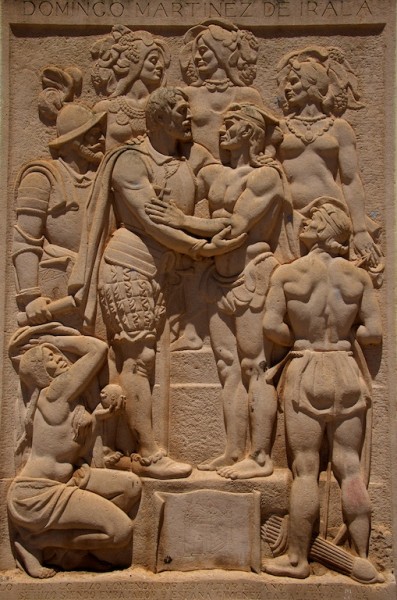
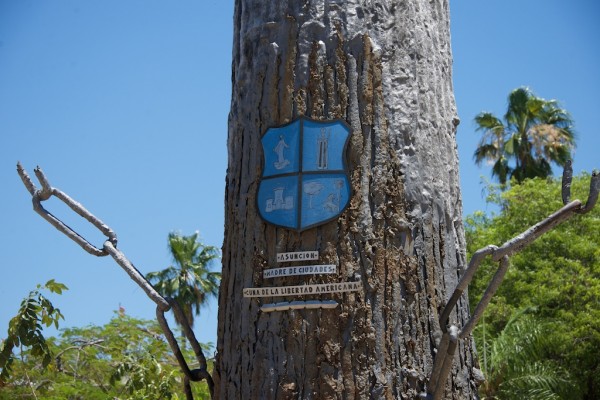
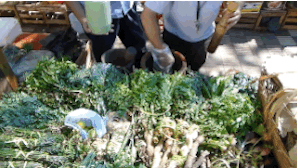
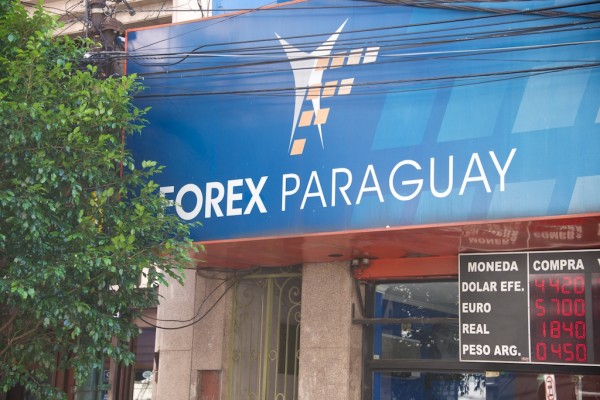
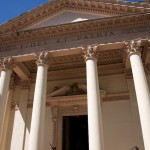
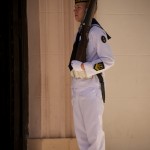
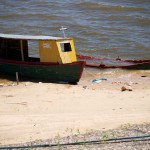
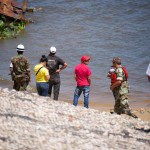
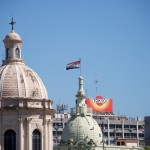
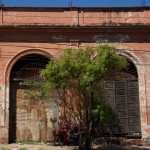
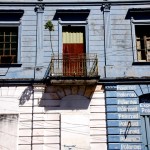
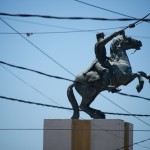
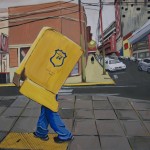
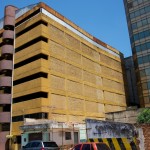
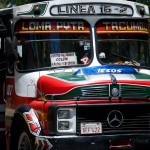
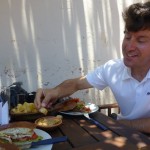


2 Responses to Asunción – where is that?